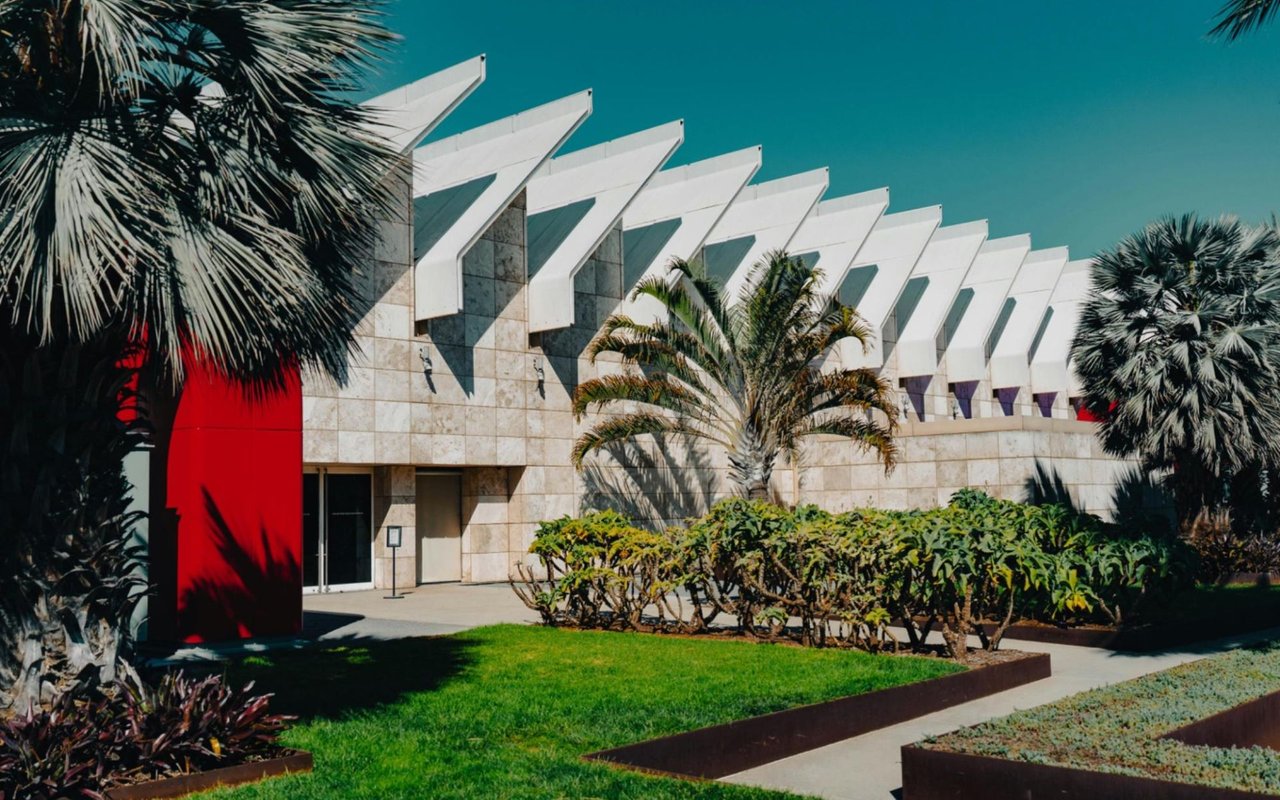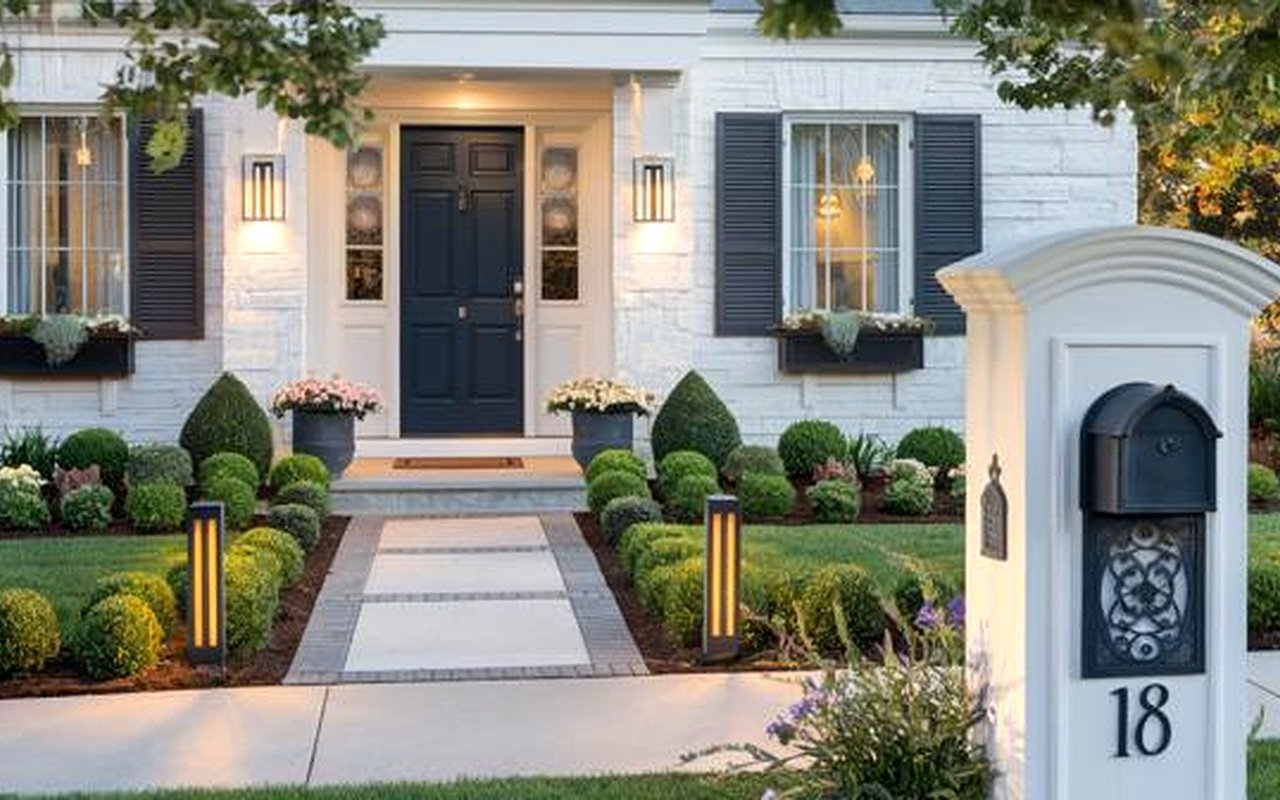Miracle Mile stands as one of Los Angeles’ most architecturally significant neighborhoods, blending historic charm with modern innovation. Developed in the early 20th century as a premier commercial district, the area quickly became known for its striking Art Deco, Streamline Moderne, and contemporary designs. This guide unveils the top architectural landmarks in Miracle Mile, exploring the structures that have defined the district’s character. From historic high-rises to cutting-edge museums, these buildings showcase the artistry and ambition that have shaped Los Angeles’ skyline.
A Glimpse Into the Miracle Mile's History
The Miracle Mile's development began in the 1920s, initially centered around the construction of upscale homes and retail stores. By the late 1930s, the area began to see a shift with the advent of new architectural movements. As Los Angeles became a bustling metropolis, the Miracle Mile became a focal point for innovative design. The district's growth continued throughout the mid-20th century, influenced by Hollywood's golden age and the global design trends of the time.
The Los Angeles County Museum of Art (LACMA)
Arguably one of the most iconic buildings in the Miracle Mile district, the Los Angeles County Museum of Art (LACMA) has become synonymous with the area itself. The museum's main building stands as a prime example of Mid-Century Modern architecture. Its distinct use of geometric shapes, glass, and steel is emblematic of the era, while its bold white exterior provides a striking contrast against the Los Angeles skyline. LACMA is not just a cultural hub but a vital architectural landmark in the Miracle Mile.
LACMA’s urban campus has evolved over the years, with several notable expansions and additions. The museum’s outdoor courtyard, home to the iconic "Urban Light" installation by artist Chris Burden, exemplifies the blending of contemporary art and architecture that has become a hallmark of this renowned institution. Visitors who walk through the museum’s grounds often marvel at the seamless integration of public space and art in the surrounding architecture.
The Wilshire Royale Hotel
The Wilshire Royale Hotel, located on Wilshire Boulevard near the heart of Miracle Mile, is another landmark that speaks to the area’s mid-20th-century architectural charm. This building, designed in the 1920s, embodies the Mediterranean Revival style that was highly popular during that period. With its stucco exterior, terracotta tile roof, and arched windows, the Wilshire Royale stands out as an example of how historical design elements have been adapted for modern use.
Though the hotel has undergone renovations over the years, its core architectural features have remained intact, preserving the character and essence of its original design. The Wilshire Royale offers a glimpse into the glamour of early Los Angeles, where luxury and style were integral to the city's identity.
The Petersen Automotive Museum
The Petersen Automotive Museum, another notable feature of Miracle Mile, is as much a visual spectacle as it is a world-class museum. Located on Wilshire Boulevard, the building’s dramatic exterior is covered in wave-like curves, resembling the flowing lines of an automobile, which ties directly into its automotive theme.
The museum’s design is bold and futuristic, with a dynamic façade that has become an architectural icon in its own right. The Petersen Automotive Museum stands as an example of how modern architecture can merge with functional design, creating a space that is as visually striking as it is purpose-driven.
The Wilshire Tower
Another standout among Miracle Mile’s architectural gems is the Wilshire Tower, an exquisite example of the Zigzag Moderne style, a subset of Art Deco. The building features strong vertical lines, ornate geometric patterns, and decorative setbacks that create a sense of height and grandeur. Originally developed as an office and retail space, Wilshire Tower was one of the earliest high-rises built along Wilshire Boulevard, signaling the area’s emergence as a premier commercial hub.
The Wilshire Tower remains a defining feature of Miracle Mile’s skyline, seamlessly blending historic elegance with contemporary use. As one of the best-preserved Art Deco structures in Los Angeles, it remains a favorite among history and design enthusiasts.
The Academy Museum of Motion Pictures
A modern addition to Miracle Mile’s collection of architectural landmarks, the Academy Museum of Motion Pictures seamlessly blends historic and contemporary design. Located in the renovated May Company Building, the museum preserves the iconic Streamline Moderne façade while incorporating a striking new addition. The most distinctive feature of this expansion is the David Geffen Theater, a massive glass and concrete sphere that appears to float above Wilshire Boulevard, creating a futuristic contrast to the historic structure.
The museum serves as a dynamic cultural destination, celebrating the history and artistry of filmmaking. Its exhibits showcase rare artifacts, iconic costumes, and interactive displays that immerse visitors in the world of cinema. The rooftop terrace of the David Geffen Theater offers panoramic views of Los Angeles, further enhancing the building’s architectural allure.
Make Miracle Mile Your Home
If the architectural beauty of Miracle Mile has captured your imagination, why not make this iconic neighborhood your own? From charming historic homes to modern masterpieces, don't wait to experience the unique character of Miracle Mile. Contact the
Barrentine Group today and take the first step toward owning a piece of this architectural treasure.





